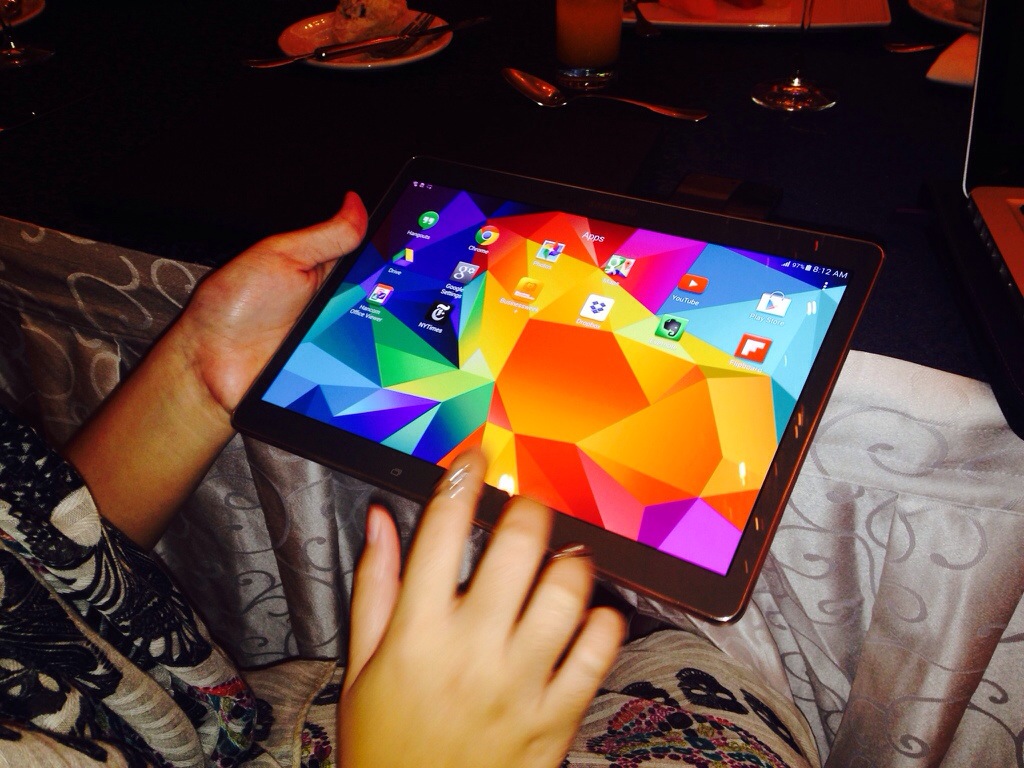
New and emerging technologies are transforming how and where we work, alongside the type of work we do. The traditional workspace is having to evolve to cater for new technologies, by becoming an increasingly digital workplace. However, digitisation of the workplace is an ongoing process, with a great deal of possibilities yet to unfold. It’s impossible to predict with any amount of certainty the true impact technology will have on the future working environment, but there are new prominent workplace trends emerging for the coming years.
Adopting new technology in the workplace
Questions about the adoption of PropTech are not “ifs,” but “whens.” PropTech is on the rise and is argued to lower the cost of doing business and improve the productivity of everyone involved. In particular, it’s changing the future of our workplaces.
It’s predicted that artificial intelligence (AI), intelligence displayed by machines, will become so ingrained and integrated into every aspect of our lives, it will seem almost invisible. In the digital workplace, AI is set to transform the employee experience. HR leaders are beginning to pilot AI to deliver greater value to the organisation by using chatbots for recruiting, employee service, employee development and coaching.
Virtual Reality (VR), computer technology that creates an artificial virtual environment, is slowly entering the workplace. VR could be set to take unifying geographically diverse workplaces and conferencing to the next level – with virtual meetings. It could also be used to create safe and controlled training environments and more immersive talent acquisition processes. VR is currently seen mostly for fun and games. However, it could represent the very future of productivity.
Workers and organisations are also becoming increasingly dependant on data stored in the cloud – Cloud Storage. With remote working on the rise, cloud storage allows users to find and easily save and access data, allowing them to continue to work from anywhere in the world. Storing data in this way also minimises security risks posed by desktop and laptop computers. To create a more productive workforce, everyone in an organisation potentially need access to real-time data in this way.
The changing culture and layout of future workspace
With the workplace undergoing these drastic changes in technology, business operations, workspaces and social norms are having to adapt to the evolution of the digital revolution. Trends in technological tools, office layout and company culture are set to shape the workforce in the coming years. We’re no longer chained to our desks. As a modern, mobile workforce, new technologies have allowed us the freedom to work from anywhere and with anyone around the world. In response to this trend, the corporate world is beginning to shift away from the traditional cubicles and C-suite offices and moving towards a more open-spaced office environment. The most recent generation of digital natives are generally multi-tasking individuals who like to engage and collaborate with co-workers. An open office layout encourages this type of behaviour among employees. However, other generations can have more difficulty with the concept of an open work environment, often citing a lack of privacy. It could be suggested that an open layout, that includes private spaces for meetings and confidential discussions, would allow for the best of the old and the new.
Collaboration has become the cultural goal of many organisations today. A collaborative work environment leads to more productivity, creativity and innovation. An open office layout allows for better group work and communication, sparking new ideas – going hand in hand with a collaborative culture. Collaboration also tends to make workers feel more connected to their co-workers and organisation, and allows them to build more meaningful relationships that enhance their lives both professionally and personally.
Is technology doing more harm than good for our future?
It could be argued that technology has done more to harm humans than to help them. There is even speculation that AI may ultimately destroy the world. It is true that poor or outdated technology is more likely to open up organisations to cybercrime, however, the appropriate use of new technology is also opening up a world of possibilities. People can travel and interact with the world virtually, without leaving their home or office. Almost any piece of knowledge imaginable is just a voice command or a click away. If utilised effectively, technology can positively support us. Technology in the workplace is ultimately evolving to benefit the human experience and enable people to be more productive, efficient and innovative, while enabling us to stay connected internally and externally with an ever evolving world.

